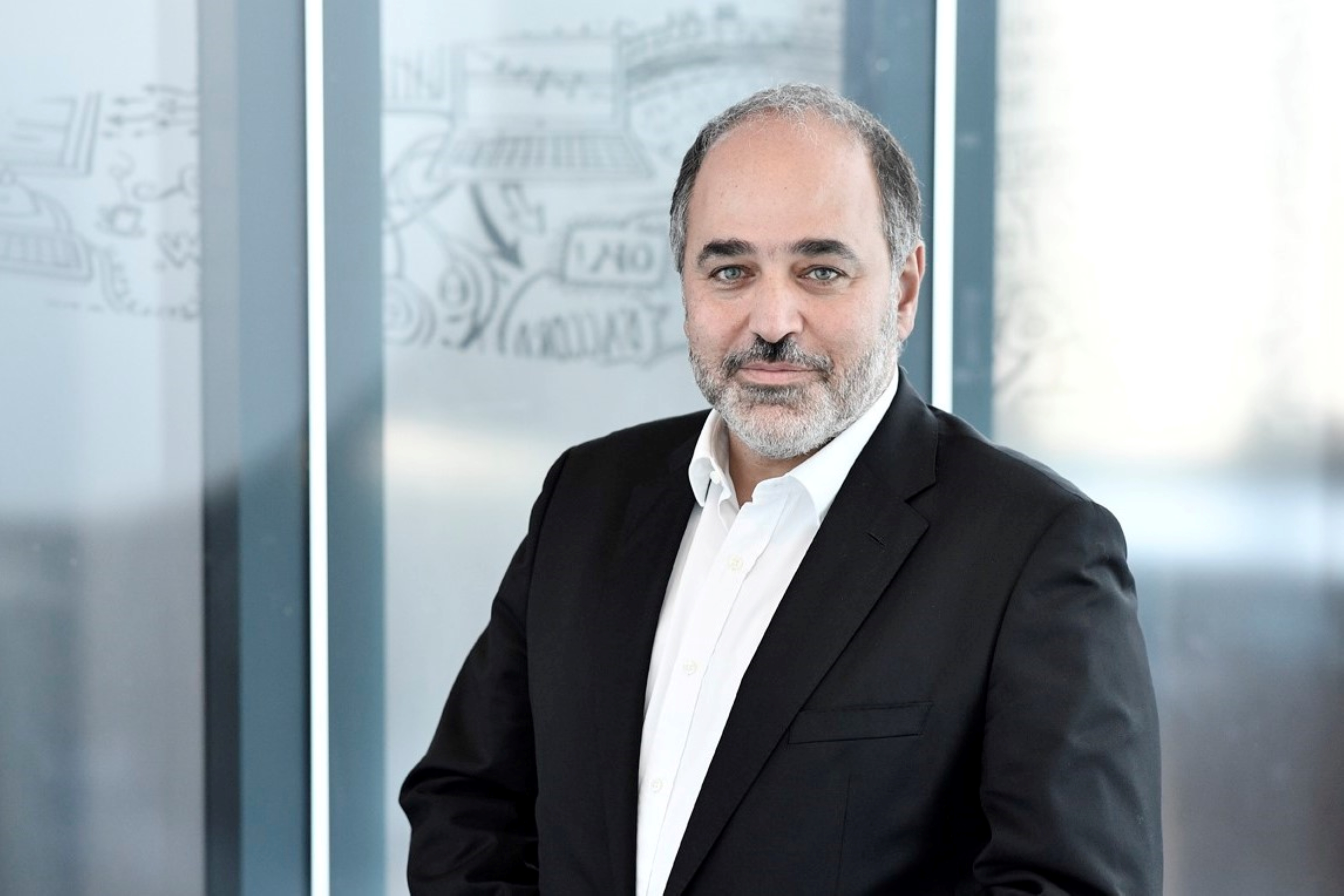The transformation project began in late 2016 when EY approached the bank with an offer to implement RPA processes, which could help the bank rationalize and automate many of its manual tasks.
Following conversations and idea sharing, EY developed a proof-of-concept that illustrated to the bank the capacity for RPA to integrate effectively with its in-house IT systems. So successful was this proof-of-concept that EY was asked to help execute against its strategy of process automation, which began in early 2017.
Adding AI to RPA to enable “intelligent automation”
As the project progressed, the combined team from EY and the bank soon found an ever-growing number of opportunities in which to implement automation solutions. But there remained processes that, though repetitive and time-consuming, were regarded as too complex to be realistic candidates for automation.
However, many of these areas were, in fact, solvable problems. They just needed additional capabilities – namely, artificial intelligence. With the application of AI techniques – integrated within software robots – EY and the bank were able to produce new solutions that would allow them to automate ever more sophisticated operations.
In the years the partnership has been in effect, EY and the bank have been able to automate hundreds of processes throughout the organization's operations, allowing them to transform entire functions. These included:
Complaints processing
One of the first areas EY’s expertise began to yield real results was in transforming how the bank handled consumer complaints. Many of the complaints that the company dealt with were first sent to the central office for further action – but it was found that around 75% of these complaints could in fact be handled in local retail branches. However, sifting through these emails and identifying the actions that needed to be taken on each one was time-consuming, taking about a minute per complaint.
AI was used for the first time to automate its complaints processing. Natural language processing (NLP) algorithms combined with machine learning classification techniques were applied to read emails, detect language and sentiment, assess the nature of the complaint, and determine which team should receive it. The resulting AI system was then embedded into the related steps of the RPA workflow so that each complaint could be forwarded to the relevant complaints officer. Thanks to this solution, 80% of complaints can now be handled automatically, end-to-end.
Mortgage loan information extraction
Mortgage loans contain lots of important information that needs to be archived for future reference during the credit lifetime of the loan, and this means manually reading, classifying and filing this information. The bank’s credit team was performing these actions about 150 times a day, with an average of 2.5 minutes spent per document.
With EY’s help, the company was able to build a solution that combined optical character recognition (OCR), machine learning, and NLP to automatically transcribe scanned mortgage loan documents, read the content, and extract and file the required data points. Since going live in 2019, more than 90% of received e-copies of mortgage loan contracts are treated and archived automatically daily.Corporate banking emails:
Corporate banking emails
Like any business, the bank’s daily operations involved lots of emails. Its operational team spent a lot of time manually routing emails from clients to the correct officer.
Thanks to a combination of NLP and machine learning techniques, the team was able to build an intelligent automation system that would automatically identify service request numbers from incoming emails and classify the emails for further actioning. Now, 92% of emails are classified automatically with 92% accuracy, and 80% of clients are identified automatically with 85% accuracy.
To create these ever more complex automated solutions and ensure they would not only be successful but also safe and secure, EY turned to a team comprising a wide range of deep and unique technical expertise – including automation engineers; process analysts; RPA scrum masters; data scientists; AI translators and machine learning engineers.
What was particularly important was that these AI and RPA teams co-ordinate effectively on the development of the automation solutions, which required a degree of technical integration. Setting up the AI side by side with the existing RPA platform needed specific technical integration for the two worlds to communicate effectively. At the development and testing levels, the integration and collaboration between the two teams were particularly critical, to ensure that the AI product was ready at same moment as the RPA script.
Having initially comprised of around four people, today, the team has grown to around 25 people, building ever more complex automation processes across the bank.







